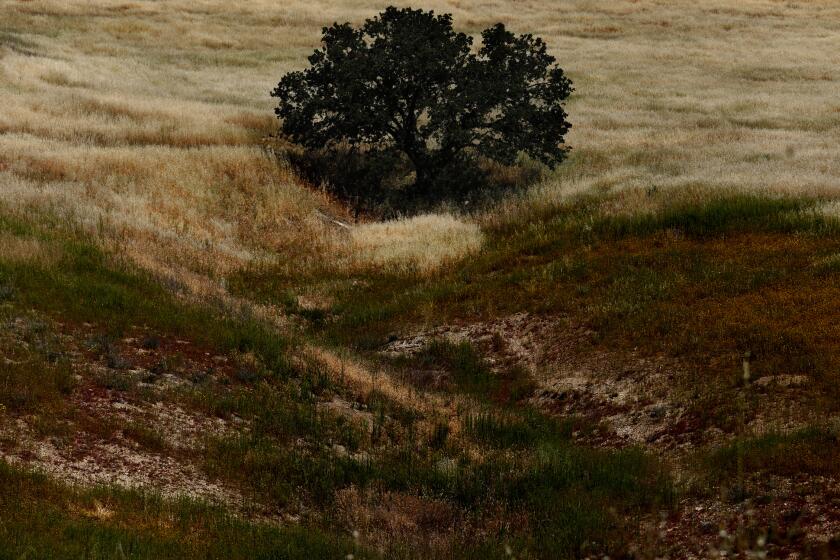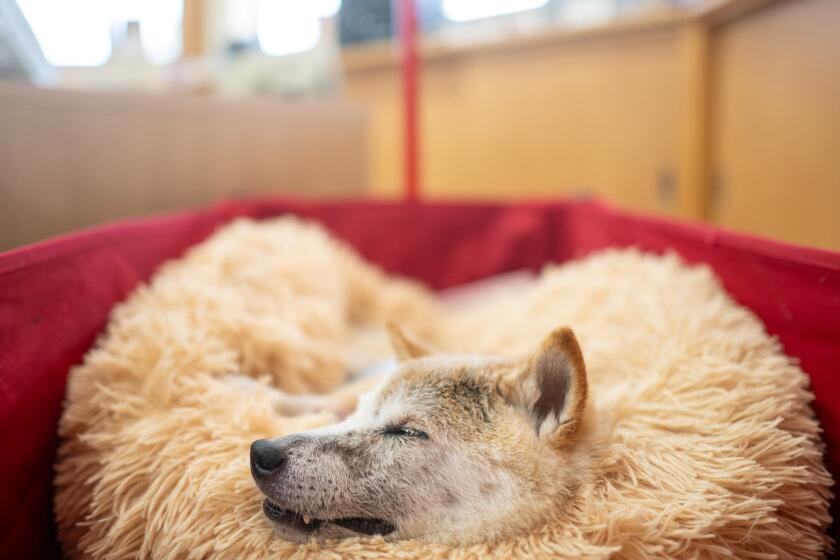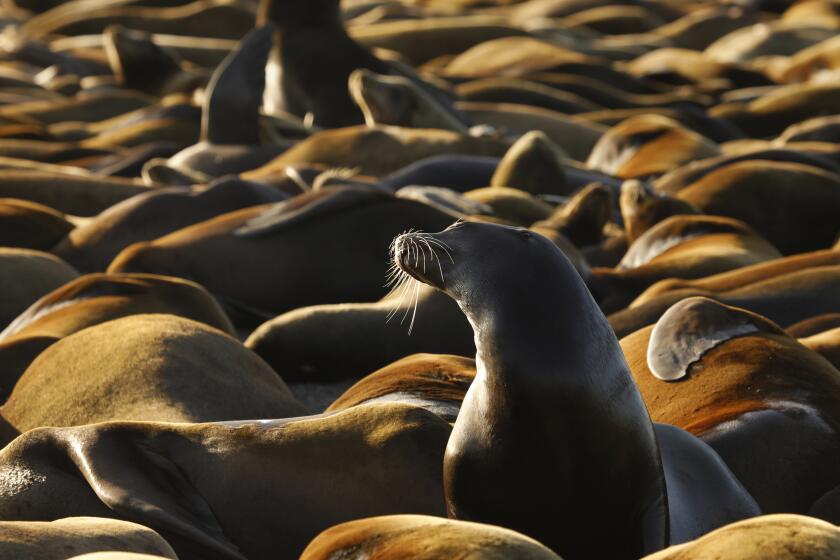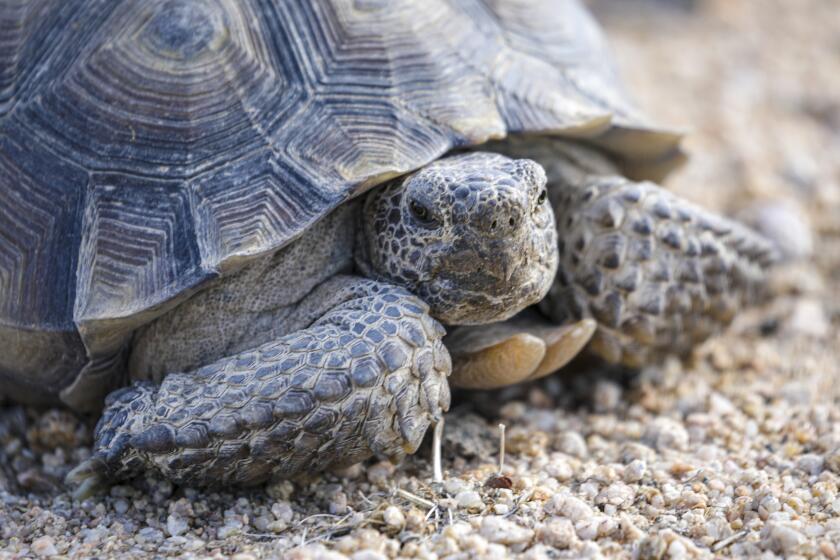Notes on Dutch Ovens and Designer Sweaters : ANIMALS : As a Crow Flies
OVER THE LAST 30 years or so, crows have moved into cities and towns. Now they share civilization with us and the pigeons. The event hasn’t drawn much notice--which is surprising: We’re talking about a creature the size of a jogging shoe with a 2-foot wingspread and a voice like a dust blower. But for the most part, these urban crows don’t make much noise, especially when they’re raising their young. Maybe they know instinctively not to advertise the whereabouts of their nests and home grounds. In a way, this is too bad, because as Carollee Caffrey, a graduate student at UCLA, is finding out, crow kids are very much like the human variety.
One of the most interesting similarities is that many young crows hang around the nest for a year or two, maybe even longer. But some, she’s discovered, leave for a year or so, then return and help their parents rear that year’s crop of crows.
The logic behind all this is unclear. Crows leaving the nest might not be able to establish their own home range until they’re several years old. The local environs might be so rich in food and resources that the parent crows can afford to let their grown offspring stay. The feeding and child-care services might amount to a considerable help. But, whatever the reason, it’s turning out that crow families are complex social units with strong friendships developing among brothers and sisters, and among brothers and sisters of different seasons. Eventually, and this remains for Caffrey to prove, some of the offspring might even inherit the family estate. It seems that the more similar a creature is to its human hosts, the better its chances of living among us.
More to Read
Start your day right
Sign up for Essential California for news, features and recommendations from the L.A. Times and beyond in your inbox six days a week.
You may occasionally receive promotional content from the Los Angeles Times.






